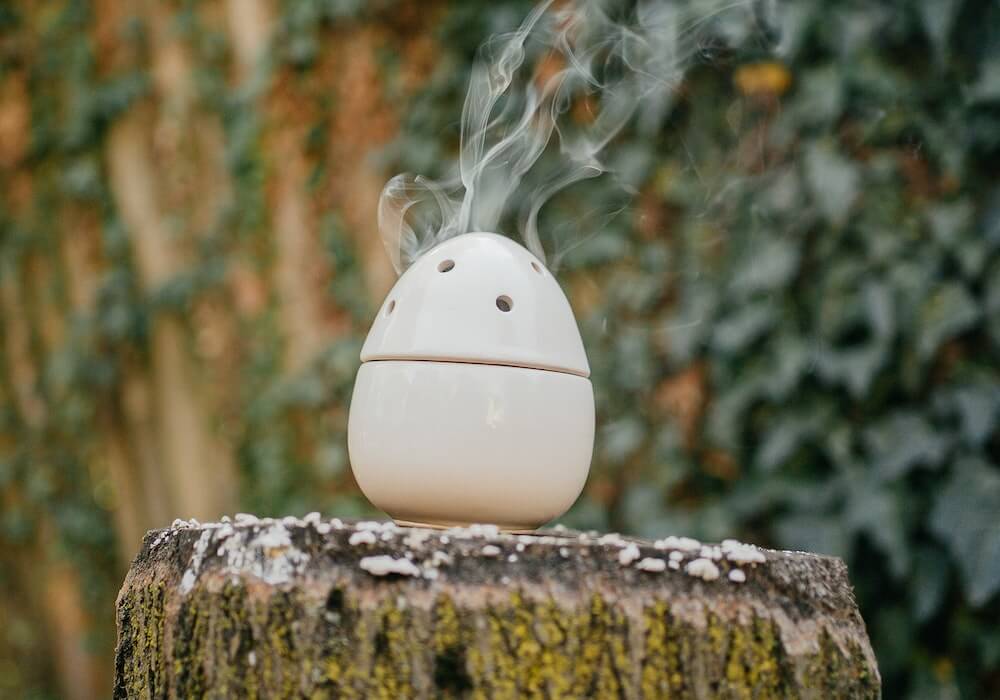Controlling humidity in a grow tent is crucial for the healthy growth of plants. As an experienced gardener, I understand the importance of maintaining an optimal environment for plants to thrive.
So, how to control temperature and humidity in grow tent? To control the temperature, you must ensure proper ventilation and air conditioning. For humidity control, you may take the help of a dehumidifier. Additionally, monitoring the temperature is also beneficial.
I will provide you with the necessary information and tips to control the humidity and temperature in your grow tent. I will also discuss the signs of improper temperature and humidity as well. So, keep on reading!
How to Control Temperature and Humidity in Grow Tent?
Humidity and temperature are the two most critical factors that affect plant growth. They play a vital role in the photosynthesis process and help plants grow healthier and stronger.
Here are some effective steps to control both the humidity and the temperature in your grow tent:
Step 1: Ensure Proper Ventilation
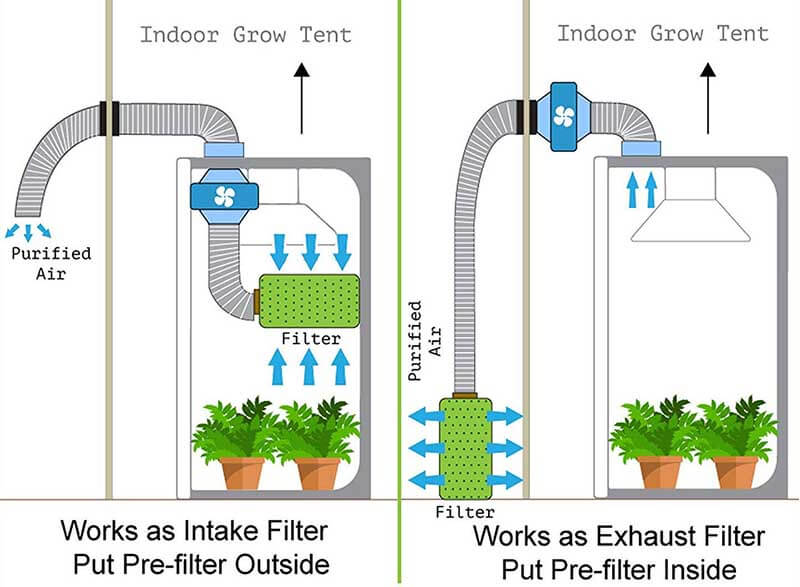
Proper ventilation is crucial for regulating temperature in your grow tent. A good exhaust fan and intake fan system can help you maintain optimal temperature and humidity levels.
An exhaust fan will help remove hot air and excess moisture, while an intake fan will bring in fresh air and help regulate humidity levels.
Step 2: Provide Air Conditioning and Heating
During the winter months, it is important to have a heating system in place to maintain a warm temperature in your grow tent. Similarly, during the summer months, an air conditioning system can help keep the temperature cool. Portable air conditioners and heaters can be used to regulate the temperature inside your grow tent.
Step 3: Use Dehumidifiers and Humidifiers
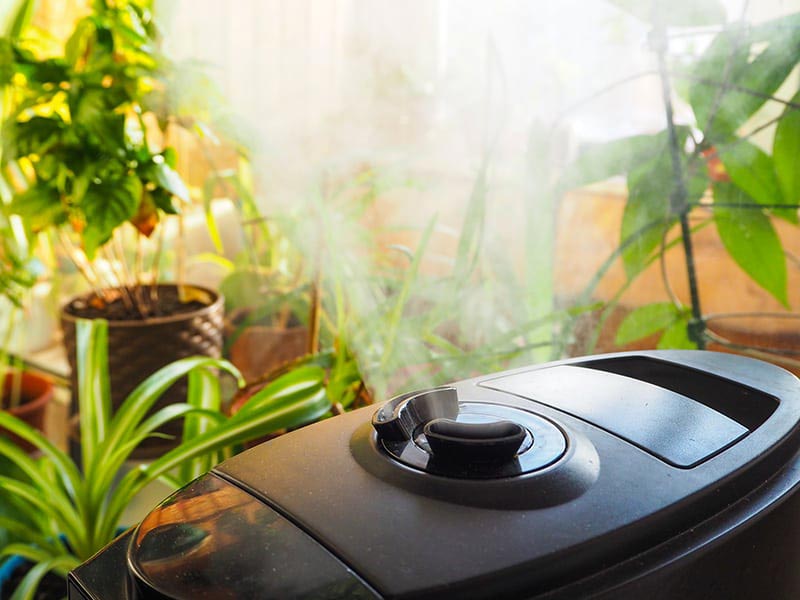
If your grow tent is too dry or too humid, it can cause damage to your plants. A dehumidifier can help remove excess moisture from the air, while a humidifier can add moisture to the air. Using a combination of both can help you maintain the optimal humidity level required for your plants to grow.
It is important to remember that dehumidifiers are designed to remove moisture from the air, which means they will collect water that needs to be drained regularly.
To make the process easier, consider purchasing a dehumidifier with an onboard humidistat. This handy feature can automatically maintain a set humidity level, ensuring that your grow tent environment stays within the optimal range for healthy plant growth.
Step 4: Monitor Both the Humidity and Temperature
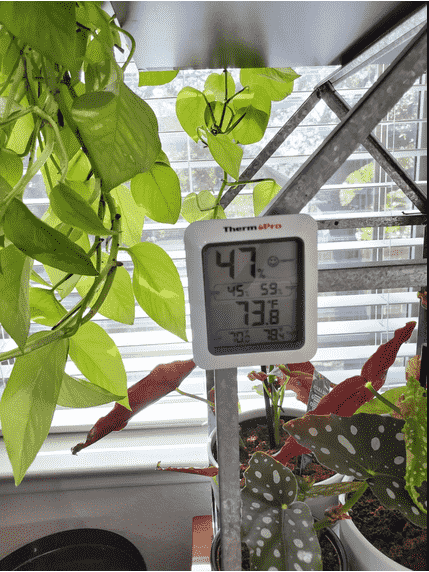
Investing in a quality monitor is highly recommended to accurately measure the humidity and temperature levels in your grow room. Some monitors even offer the convenience of remote monitoring from other rooms. Which eventually allows you to keep an eye on the conditions inside your grow tent at all times.
What Causes Improper Humidity and Temperature?
There are several factors that can cause humidity and temperature problems in a grow tent. Here are some of the most common causes you should keep in your mind.
Poor Ventilation
Lack of proper ventilation can cause temperature and humidity levels to rise, leading to issues such as mold, mildew, and plant stress.
Insufficient Air Conditioning or Heating
Another crucial factor to take into account is air conditioning and heating. While harsh weather might impact your grow tents’ air conditioning system, your environment shouldn’t be too cold or hot.
Inaccurate Measurement Tools
If you’re relying on inaccurate measurement tools to monitor the temperature and humidity levels, you may not be getting an accurate reading.
Watering Infrequency
Overwatering can increase humidity levels, while underwatering can decrease humidity levels.
Environmental Factors
Environmental factors can also cause problems. Such as the location of the grow tent, the time of day, and weather conditions can all affect temperature levels. It also can affect humidity levels.
Plant Density
A high density of plants in the grow tent can cause humidity levels to rise due to the moisture released by transpiration.
Equipment Malfunction
Malfunctioning equipment such as humidifiers, dehumidifiers, air conditioning units, and fans can cause humidity problems.
These are some common reasons. Some other reasons can also affect the humidity and temperature level of a grow tent.
Improper Temperature and Humidity in Grow Tent: Knowing the Signs
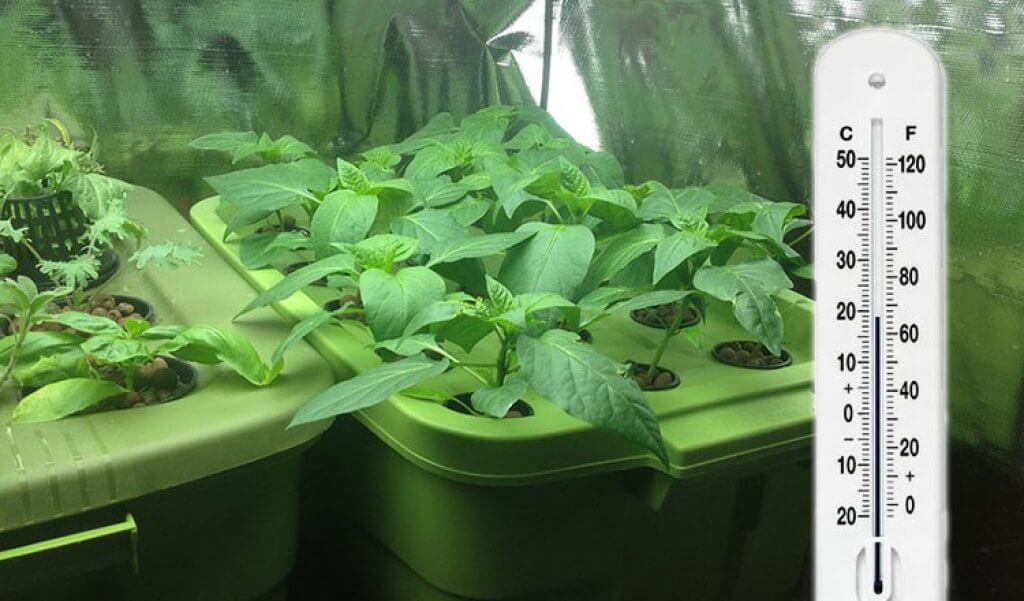
I will now share both the signs of improper temperature and improper humidity. So, let’s dive into the discussion.
Signs of Improper Humidity
Here are the signs of improper humidity levels in a grow tent. Please, observe the signs appropriately so that you can take the right solution accurately.
Signs of high humidity:
- The plant’s bud rot and moldiness
- Leaves with white powdery fungus
- Highly wet leaves
- Sluggish growth and underdevelopment of immature plants
Signs of low humidity:
- Decreasing or delaying plant growth
- Over-nutrient consumption causes leaf tip burning.
- Dry and brittle leaves
- Cracking of soil or growing medium
Signs of Improper temperature
Signs of improper temperature levels in a grow tent are as follows.
High-temperature signs:
- Yellowing leaves or leaves with streaks of brown or yellow
- Curling or withering leaves
- Fruit or blooms ceasing to exist
- Scalded plants’ blossom end rot
Low-temperature signs:
- Weak or drooping stems or leaves
- Woody stems split
- Very floppy root balls
- Burnt-looking spots on flowers and foliage
FAQs
Do you have any questions that remain in your mind? Then the following questions and the answers may help you a little more.
Q: How often should I check the temperature and humidity levels in my grow tent?
It is a good practice to check the temperature levels in your grow tent at least once a day, preferably at the same time every day. This will help you identify any potential issues early on and make necessary adjustments.
Q: What is the ideal temperature for my plants in the grow tent?
The ideal temperature varies depending on the type of plant you are growing. However, generally 70-78°F during the day and 50-60°F at night can be considered good. It is important to research the specific needs of your plants to determine the optimal temperature range.
Q: When should I go from using a humidifier to a dehumidifier?
To maintain a comfortable and healthy environment at a grow tent, it is important to know the proper usage of equipment. If the humidity levels are above 50%, then it is recommended to switch to a dehumidifier. If they are below 30%, a humidifier should be used.
Conclusion
Knowing how to control temperature and humidity in grow tent is essential for healthy plant growth. By ensuring proper ventilation, heating, or cooling systems, you can do this. Additionally, by using dehumidifiers or humidifiers, you can create an ideal environment for your plants.
Monitoring both levels with quality measurement tools is also crucial. Improper humidity and temperature can cause a range of issues. But knowing the signs, you can easily recognize and rectify these problems.
Overall, by following the tips and guidelines, you can create optimal plant growth conditions.

